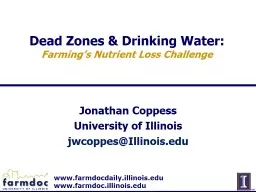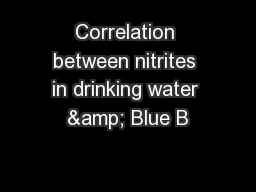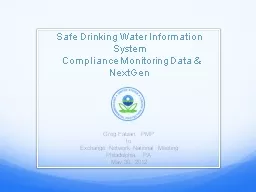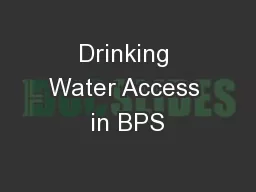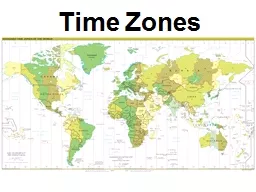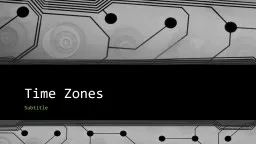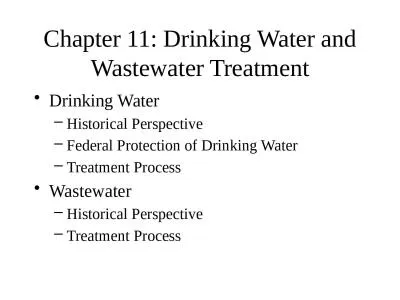PPT-Dead Zones & Drinking Water:
Author : olivia-moreira | Published Date : 2016-10-19
Farmings Nutrient Loss Challenge Jonathan Coppess University of Illinois jwcoppesIllinoisedu Water Quality Challenges for Farming Gulf Hypoxia amp The Mississippi
Presentation Embed Code
Download Presentation
Download Presentation The PPT/PDF document "Dead Zones & Drinking Water:" is the property of its rightful owner. Permission is granted to download and print the materials on this website for personal, non-commercial use only, and to display it on your personal computer provided you do not modify the materials and that you retain all copyright notices contained in the materials. By downloading content from our website, you accept the terms of this agreement.
Dead Zones & Drinking Water:: Transcript
Download Rules Of Document
"Dead Zones & Drinking Water:"The content belongs to its owner. You may download and print it for personal use, without modification, and keep all copyright notices. By downloading, you agree to these terms.
Related Documents

